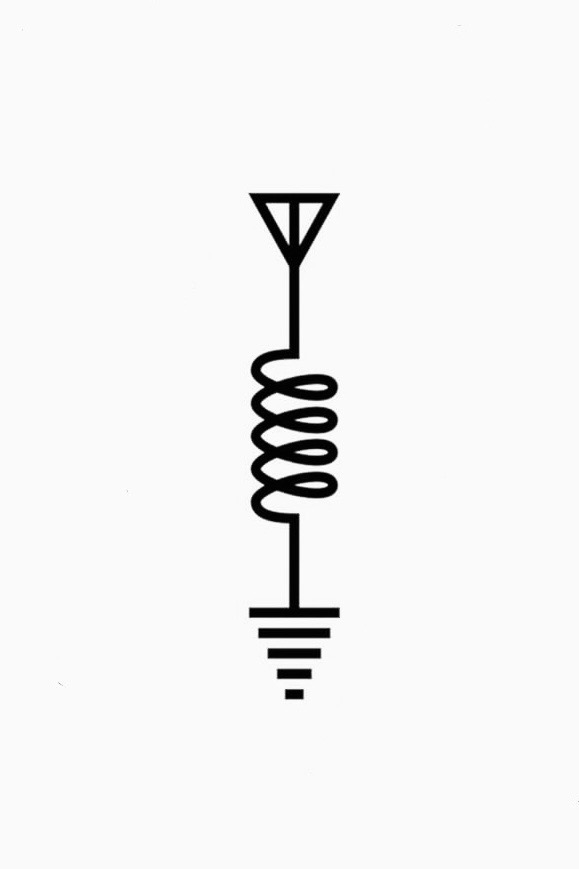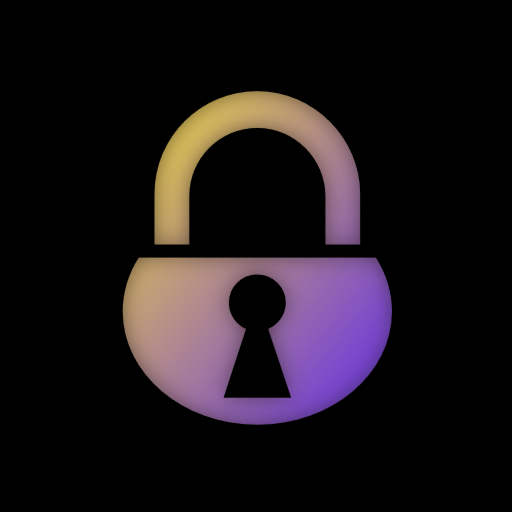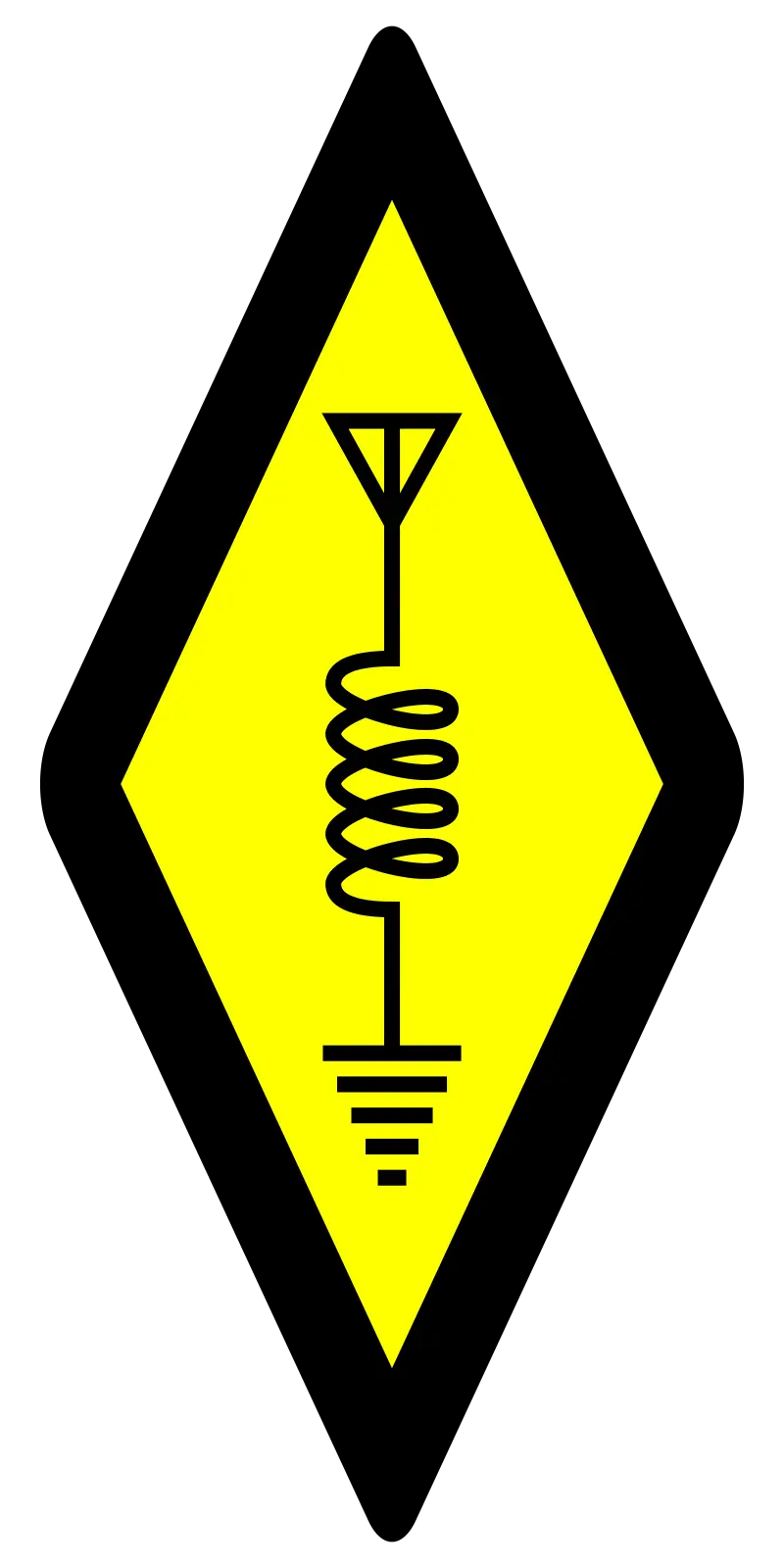The beauty of agglutination. New words can be created without new vocabulary, sometimes regardless of technological changes. In Esperanto, there is no dedicated word for “cell phone”, but a word is needed to refer to these devices, so it’s “poŝtelefono”, or “pocket phone”.
- 8 Posts
- 67 Comments
Translated
SetSemanticFocus.

 7·14 days ago
7·14 days agoThe device was not an ordinary smart watch made by Apple or Samsung, but a special type that US Immigration and Custom Enforcement (ICE) had mandated the woman wear at all times, allowing the agency to track her. The device was beeping when she entered the hospital, indicating she needed to charge it, and she worried that if the battery died, ICE agents would think she was trying to disappear, the hospital workers recalled. She told them that, just days earlier, she had been put on a deportation flight to Mexico, but the pilot refused to let her fly because she was so close to giving birth.
This situation is still fucked up.
Evil DMs keep two color-identical D4s, one with numbers up and an evil one with numbers down, and they’re the only D4s allowed on the table. When directed to roll a 1D4, it’s drawn blind and rolled. The hopeful see what they want before their faces give way to crestfall.
A fight to your death it is, then.
The triangular shape naturally draws our eyes to the pinnacle. Bottom-numbered D4 are evil and should be banned.

 2·1 month ago
2·1 month agoThank you for this suggestion. ARRL was my first stop, and then Radio Relay Int’l. As you mentioned, third-party traffic is the biggest limfac, which is exactly the second hurdle I bumped into.
For all our hurrahs for amateur radio use in emcomm, it seems to have fallen wildly short in the instance I needed to use it.
We have to find a better way, including the politics of it.

 1·2 months ago
1·2 months agoAll fair points, and not an odd question.
I’ll say I’m trying to get a radiogram from the US to the destination country affected by a natural disaster. I am confident they are fine, but public service can take some time to get restored and I’d like to get a simple message to them so we can establish a very basic two-way via radiogram. The first message from me to them is a “this is a radiogram and for as long as public utilities are unavailable, you can contact the ham who delivered this message to let me know how you are doing.”
I’m in a similar way that I can’t get on HF :/

 1·2 months ago
1·2 months agodeleted by creator
Nice try. I’m not falling for yet another hidden Saddam.
One of the best no-noise locations I ever did was in a fully powered-down sailboat in the southern lagoon at Fort Jefferson, Dry Tortugas. Leaky consumer electronics are the worst.
To contrast, I managed to work Indonesia from Alamogordo NM despite being in a residential neighborhood, HVAC capacitors and foreign over-the-horizon-radar (OTHR) be damned. Taught me a lot about being patient and picking out transmissions in the noise.

 0·4 months ago
0·4 months agoOnly preppers really care about shortwave radio these days.
I’d like to welcome you to the modern era of amateur (ham) radio, and encourage you to learn about the plethora of activities, equipment, and options available in the hobby now.
The miniaturization of electronics means operators are no longer bound to ham shacks. You can make contacts with as little as 1mW (Morse code), 1,500 miles with 10W SSB, (personal experience, from a park in North Dakota and a wire sent up over a tree branch), over 8,000 miles on 100W (also personal experience, with an antenna I built myself), with both home-made antennas or commercially procured antennas.
There are xOTA programs, POTA, SOTA, Scouts, BOTA—literally dozens of flavors of “On The Air” to suit all manner of individual interests.
And don’t even get me started on digital modes: RTTY, FT8, FT4, JS8, JS8Call to name a few, even old school Hellschreiber or SSTV (send fresh digital photos over the air).
There is a persistent old stereotype of amateur radio; it’s not like that anymore.
There are amateur radio operators aboard the ISS, they beam down SSTV images regularly, and if you’re particularly lucky and appropriately equipped, you can even talk with them and request a QSL card.
There’s quite a lot.
Remember, the medium is the message.

 2·4 months ago
2·4 months agoBrilliant timing tbh because I am east coast US. I’d have to join EchoLink owing to a rediculous noise floor where I’m at and, well, I can’t touch VK land from Maryland in the US with my 100W.
I’m not optimistic about the next linkup, but I will try. At worst I’ll have to have a go at simply posting.

 2·4 months ago
2·4 months agoFair point and I hate that you’re right
I’d love to have some hamshack beers with folks and work out some of the mechanics. POTA and SOTA work so well because it mostly relies on the activators. I’d need some ideas on how to make a similar mechanic for
ROTA.

 2·4 months ago
2·4 months agoI’d love to see a “ROTA”: Relays On The Air.
One of the beautiful adjacent benefits amateur radio has greatly benefitted from in POTA/SOTA is that it gets us out of the hamshack to do real-world field exercises, resulting in the miniaturization of everything from Morse keys to antenna setups, but something important we don’t really practice enough are radio relays.
We hold our hobby out as an additional means of communication for EMCOMM, something like ROTA might also supercharge our corps.

 3·4 months ago
3·4 months ago“Do what you can, from where you are, with what you’ve got.”

 3·4 months ago
3·4 months agoSame. I did CWOps beginner. I got the pocket radio and tiny key. My setup is so thin I should totally be jamming Morse every day and yet… I haven’t.

 0·7 months ago
0·7 months agoI’ve been to SCS’s website and it seems… incomplete? It was on mobile so maybe that makes a difference but with how often I’ve seen it recommended I was surprised to see a site which did not look done. Did I miss something on their site?





I have no idea. I used a web translator.